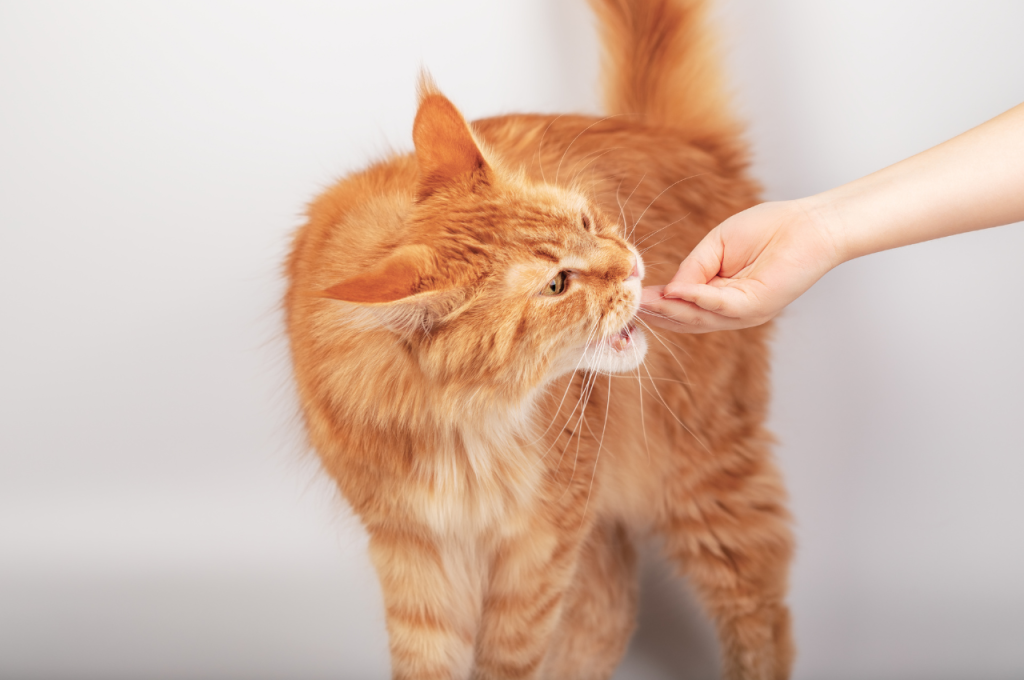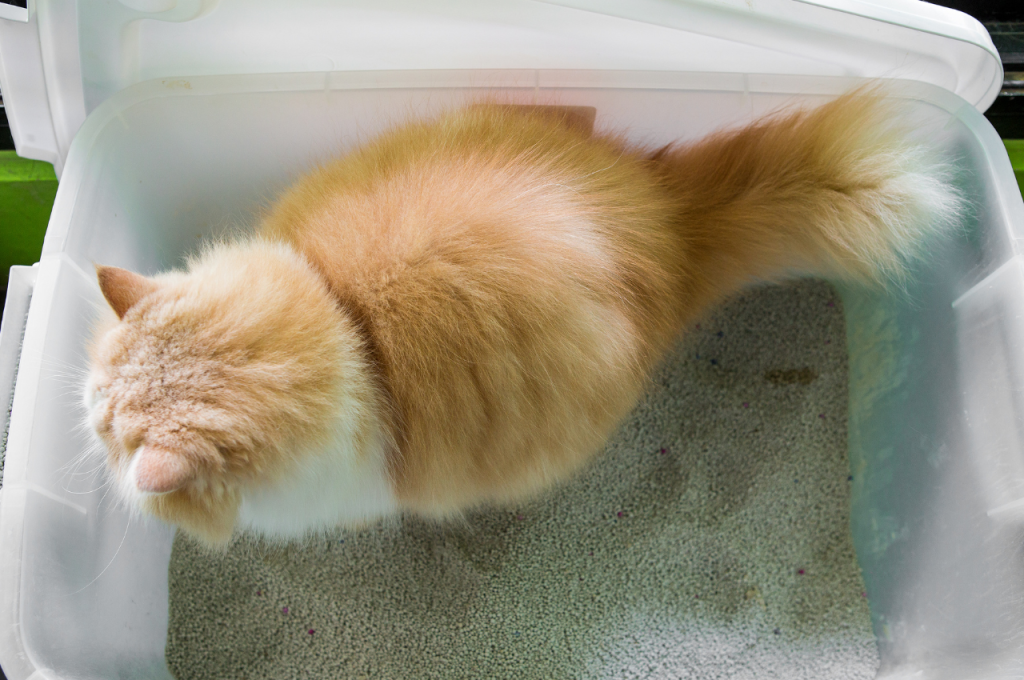To train your cat, use consistent commands and reward-based techniques. Start with simple tricks and practice regularly for the best results.
Training a cat might seem daunting, but it’s quite achievable with the right approach. Cats are intelligent creatures renowned for their independence, yet they can learn a variety of behaviors and tricks. Effective cat training hinges on understanding feline motivations and leveraging them.
This involves creating a stimulating environment and using positive reinforcement—such as treats, praise, or playtime—to reward desired behaviors. Patience and consistency are key; short, regular training sessions can lead to impressive progress over time. By using clear and consistent commands and rewarding your cat immediately after they performs the desired action, you reinforce good habits and encourage your pet to repeat them. Remember, each cat’s personality is different, so tailor your training to suit your furry friend’s temperament and learning pace.
Understanding Your Cat
Diving into the feline world and learning how to train your cat starts with a purr-spective shift where you become a keen observer of your cat’s unique personality and behavioral cues. Grasping the essence of your furry friend’s nature and behavior establishes the foundation for effective training.

Trust building serves as the cornerstone of any training endeavor, creating a bond that facilitates learning and cooperation. Journey with us as we unravel the mysteries of your cat’s actions and attitudes, helping you cultivate a meaningful connection that paves the way for successful training.
The Nature Of Cats
Cats are enigmatic creatures with a rich evolutionary history that shapes their behavior today. Known for their independence and territorial instincts, cats thrive in environments where these traits are respected. Unlike dogs, cats lean towards subtle communication and may require you to recognize their space needs and adapt your interactions accordingly. Understanding the nature of cats is fundamental to working seamlessly with their instincts during training sessions.
Understanding Cat Behavior
- Observation is key; pay attention to body language and vocalization.
- Cats communicate their mood and intentions through tail positioning, ear movements, and whisker placement.
- Recognize the difference between fear, aggression, and playfulness to respond appropriately.
- Every cat has a unique personality; tailor your training to suit individual preferences and quirks.
By decoding their nuanced behavior, you create a language that bridges the gap between species, translating into an easier training process.
Building Trust With Your Cat
| Action | Impact on Trust |
| Consistent Routine | Builds a sense of security and predictability. |
| Positive Reinforcement | Encourages desired behavior through rewards. |
| Patience and Respect | Cement is a bond based on mutual understanding. |
| Play and Interaction | Strengthens the connection and trust. |
Trust is earned over time and is essential in fostering a harmonious relationship with your cat that naturally enhances training. Through routine, patience, and mindful interaction, you create an environment of safety and respect that encourages your feline companion to engage in the learning process willingly.
Basic Training Techniques
Cats are intelligent creatures with a natural curiosity that can be harnessed through basic training techniques. Whether you’re looking to teach your cat tricks or simply want to encourage good behavior, understanding the right approach can make all the difference. Let’s explore some effective methods to get you and your kitty on the path to success.

Clicker Training
Clicker training is a fantastic technique that utilizes a small handheld device, the clicker, to mark desired behaviors with a distinct sound. This method relies on associative learning, where your cat will connect the clicker’s sound with a subsequent reward.
- Introduce the clicker: Allow your cat to become familiar with the clicker by pressing it and immediately providing a treat.
- Mark the behavior: As soon as your cat performs the desired action, click and treat. This helps your cat understand what behavior is being rewarded.
- Gradual training: Start with simple commands and gradually move to more complex tasks as your cat’s training progresses.
Positive Reinforcement
Positive reinforcement is a cornerstone of feline training, accentuating and rewarding good behavior instead of punishing the bad. Consistency is key, so ensure you reward your cat each time the desired behavior is exhibited.
- Identify the reward: Find a treat or activity that your cat loves.
- Gentle encouragement: Encourage actions like sitting or staying with gentle guidance and reward immediately when performed.
- Praise: Combine treats with verbal praise and affection to reinforce positive behaviors.
Setting Clear Boundaries
While cats value their independence, setting clear boundaries is crucial for cohabitation. Boundaries help your cat understand their limits and what is expected of them within your shared space.
| Boundary | Technique | Consistency |
| Off-limit areas | Use deterrents or block access | Always enforce |
| Scratching Furniture | Provide legal scratching alternatives | Redirect consistently |
| Nighttime Wandering | Establish a bedtime routine | Maintain routine nightly |
Communication is crucial. Verbally reinforce boundaries with a firm “no” and redirect to an appropriate behavior or location. With patience and consistency, your cat will recognize and respect these boundaries.
Teaching Specific Commands
Cat owners often marvel at their feline friend’s independence, but even the most autonomous kitty can learn a thing or two. Teaching specific commands not only enriches your cat’s cognitive abilities but also enhances the bond you share with your pet. Training a cat requires patience, positive reinforcement, and creativity. Unlike their canine counterparts, cats respond best to training that aligns with their natural behaviors and preferences. Let’s explore some commands that can transform your furry overlord into an obedient companion.
Teaching Your Cat To Come
One of the most practical commands is “come,” useful for gathering your cat for meals, cuddle sessions, or vet appointments. Begin with a distinct sound or word pairing it consistently with a tasty treat or their favorite toy. Use an enthusiastic, friendly tone to call your cat, rewarding them immediately upon arrival. Gradually increase the distance between you and your cat during training sessions, ensuring they associate the command with positive outcomes.
Teaching Your Cat To Sit
Capturing your cat’s attention for a “sit” command often requires mastering the art of timing. Hold a treat above your cat’s head, drawing it slightly back until their bottom touches the ground. The moment their haunches lower, say “sit” and reward them promptly. Repetition and consistency are key, with short but frequent training sessions leading to the best results.
Teaching Your Cat To Use The Litter Box
Litter box training often starts at a young age, with many kittens instinctually understanding the purpose behind the box. Place your kitty gently in the litter box after meals and naps, employing positive reinforcement when they use it correctly. Keep the litter box clean and in a quiet, accessible location. For cats that need extra encouragement, using cat attractant litters or offering treats after successful use can reinforce good litter box habits.

| Command | Training Tips | Rewards Used |
| Come | Use a consistent sound or word, and reward upon arrival. | Treats, toys |
| Sit | Hold treat above the head, and say “sit” when the cat lowers bottom. | Treats |
| Use the Litter Box | Place in box post meals/naps, keep box clean, use cat attractant. | Treats, praise |
- Identify the command to teach
- Use positive reinforcement consistently
- Keep sessions short and enjoyable
Conclusion
As we wrap up, remember that patience and consistency are key in cat training. Employ positive reinforcement and establish a routine that suits both you and your feline friend. With gentle guidance, your cat can learn a variety of behaviors and tricks. Keep at it, and you’ll soon see the rewards of a well-trained kitty companion.
